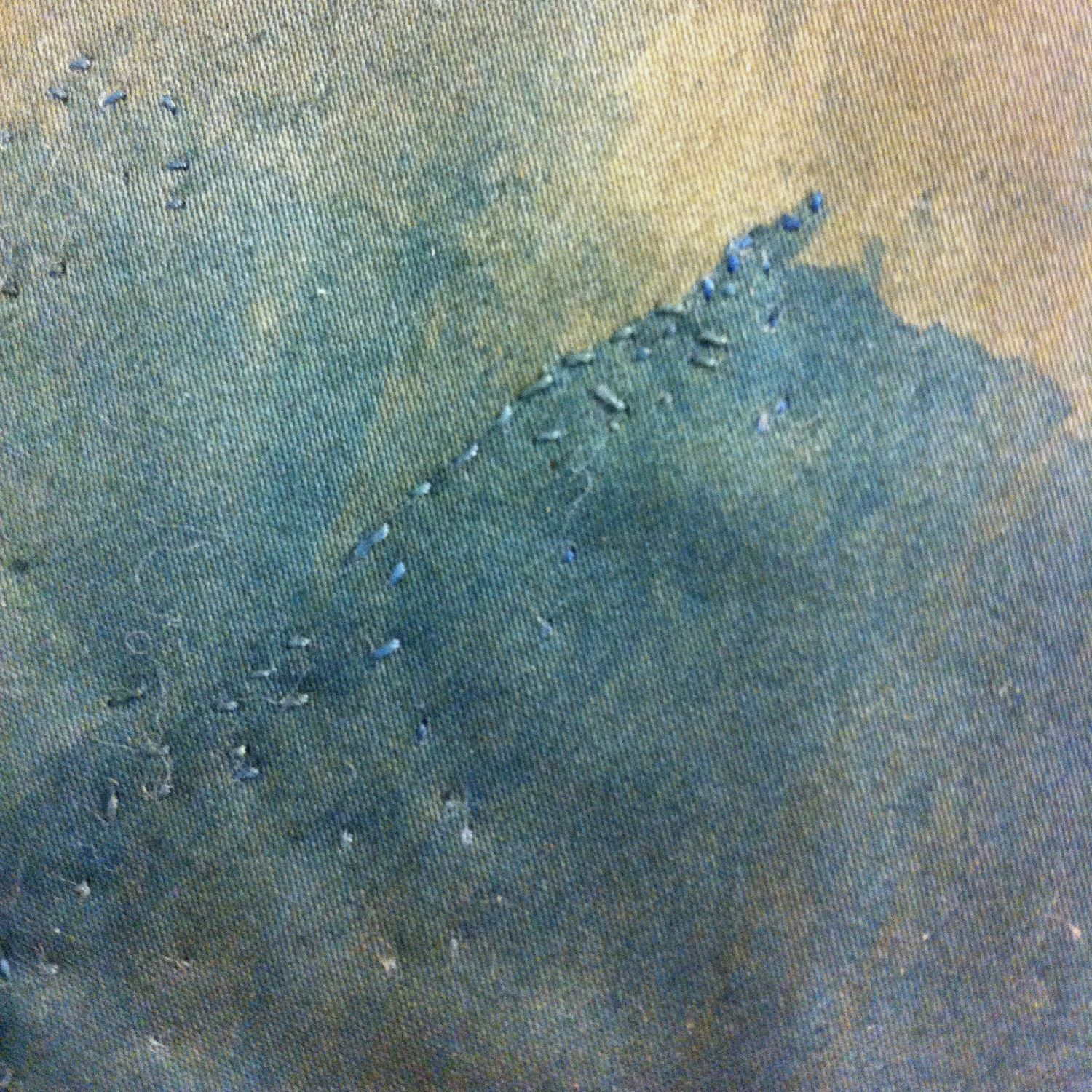I spent the weekend in Norfolk, where (as ever) I took hundreds of photographs. Each visit, I usually find I'm drawn to a particular element, which can change from one visit to another. Sometimes it has been trees, other times it has been edges - the point where one colour or surface transitions into another. Often it is the lines.
Walking across marshland to the beaches, following the creeks and channels that cut their way through the marsh, I was fascinated by the line drawn by the water through the mud of the creeks. Twisting, meandering, serpentine, sinuous... On a larger scale these are repeated by the course of the creeks themselves. On the salt marsh, the edges of the channels are obscured by the vegetation, but the same turning line is there. Then, on the fields, after the heavy rains we have been having, pools had formed - and I noticed the edges adopted the same curving form. They looked exactly like the asymmetrically curving streams in Chinese painting.
There are few straight lines here. Although I did find some. Scratches on the bottom of boat hulls. Reeds breaking the horizontal surface of the water. Cracks and fissures in the cliffs. I photographed those too.
This evening I picked several of the photographs and edited them to bring out their abstract linear qualities. I faded the colour, blurred edges, lightened, darkened, until I had a whole series of monochrome, semi-abstract images. I'm contemplating developing some of these further on paper. … and I have lots of new ideas for effects I want to try with dye and resists.







































